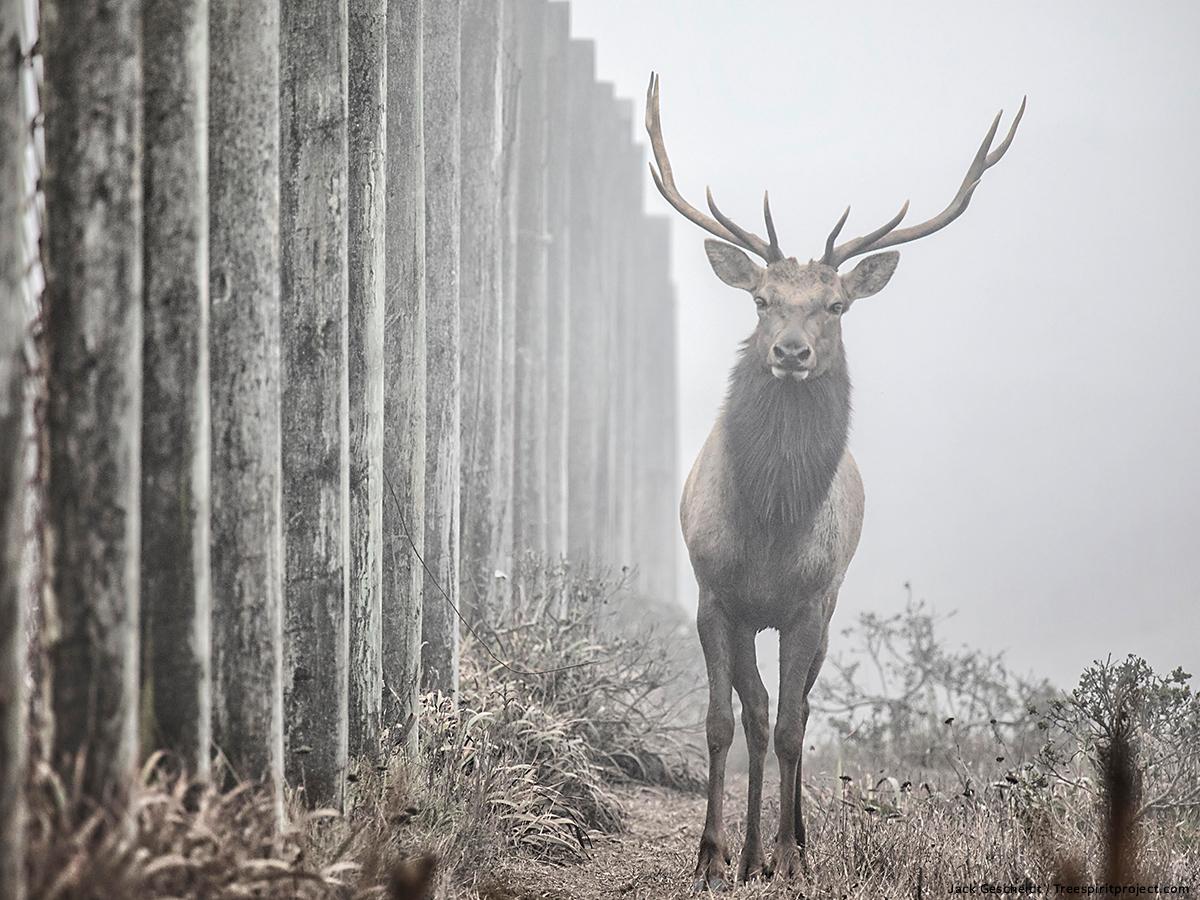Urgent Tule Elk Update
A long, brutal drought season is killing Tule elk trapped without enough food and water at Point Reyes National Seashore in California. The world’s largest remaining herd dwindled below 300 in last year’s drought, and this year’s drought is slowly killing those who remain. We’ve forced the National Park Service to provide some water, but it’s still not enough... and now the Service has gotten approval to start shooting Tule elk to death!
In 2020, the world’s largest remaining herd comprised 445 Tule elk. At the start of 2021, only 293 Tule elk remained. We have sickening evidence of another mass starvation taking place right now.
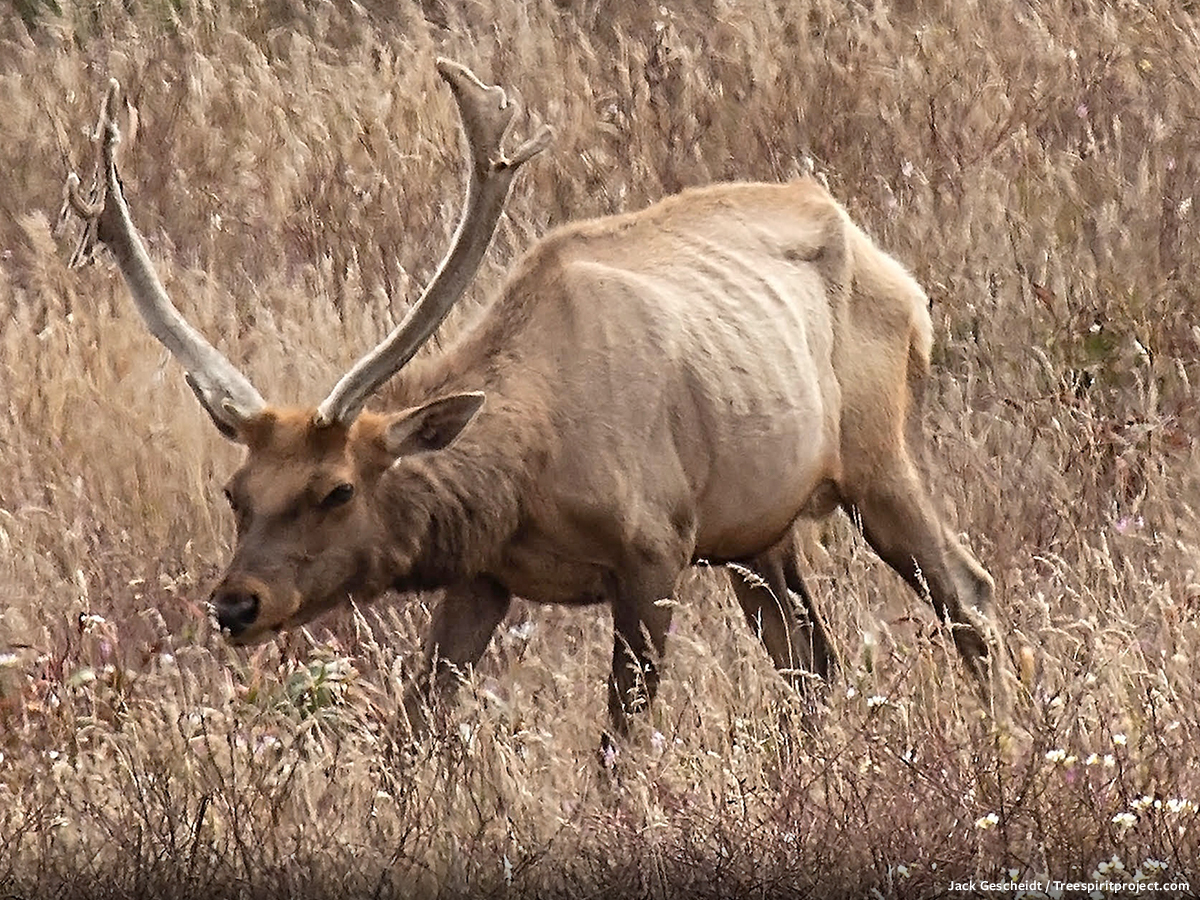
One in three of the Tule elk inside the fenced “Reserve” died cruel prolonged deaths last year because the fences prevented them from reaching more food and water. This year they are still trapped inside and still dying.
We had to take matters into our own hands...
By September, only one pond in the park still had any water left in it at all. This was the site of our fifth and biggest citizen-activist water drop.
With the help of almost 100 animal advocates, we added 350 additional gallons of water, by hand, to this last pond regularly used by Tule elk. Our many missions of mercy have bought Tule elk extra weeks of life.
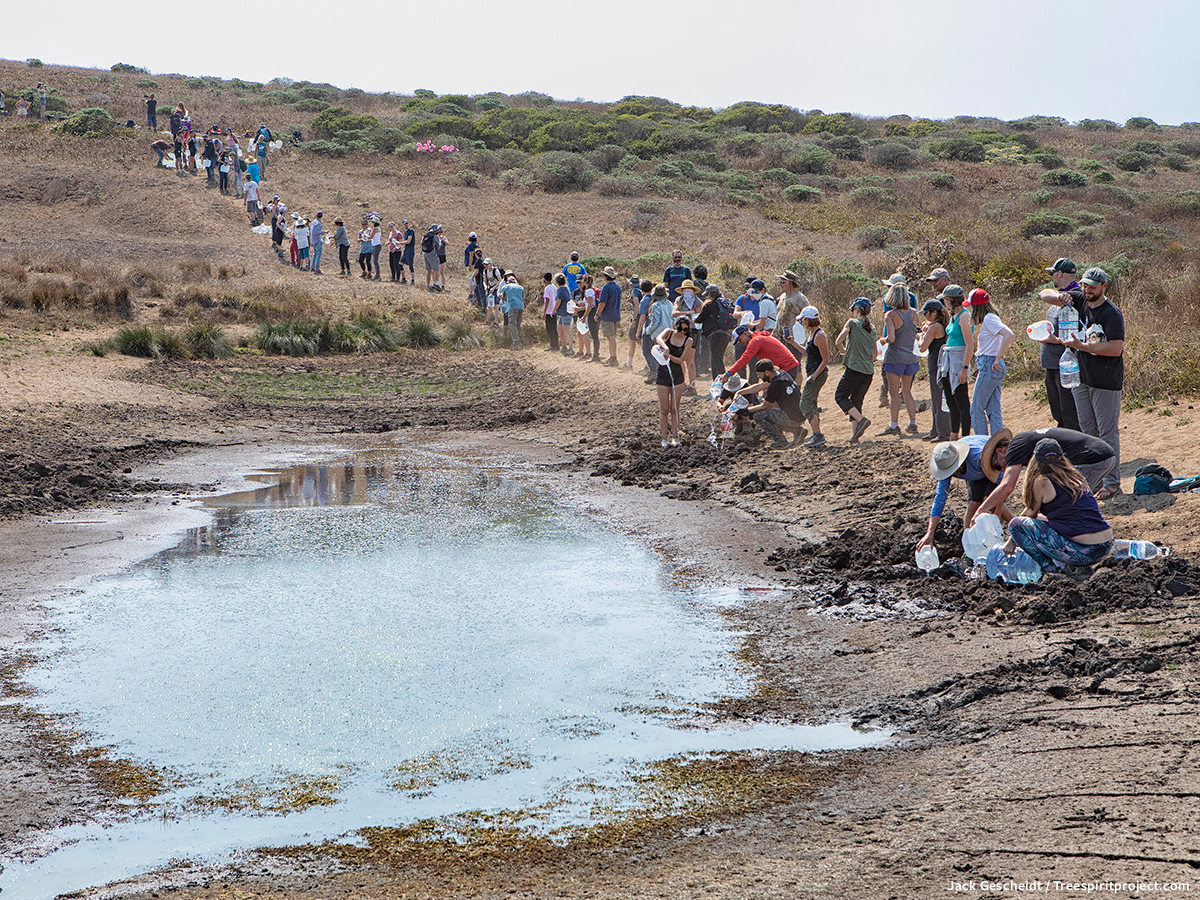
After a year of water deliveries, and media coverage that is damning to the Park Service, our unrelenting pressure finally spurred its staff to install four water troughs in some areas of the Reserve.
We are relieved that the National Park Service has finally turned its efforts toward supplying water to trapped Tule elk, rather than dumping out our activist-provided troughs.
But, it’s still inadequate for all the Tule elk and other wild animals accustomed to drinking from numerous ponds and seeps. An industrial-sized water drop could fill more stock ponds to save hundreds of the brutally confined elk... but there’s a much simpler and more natural option: remove the lethal fence that confines the Tule elk in a zoo-like pen erected inside a national park!
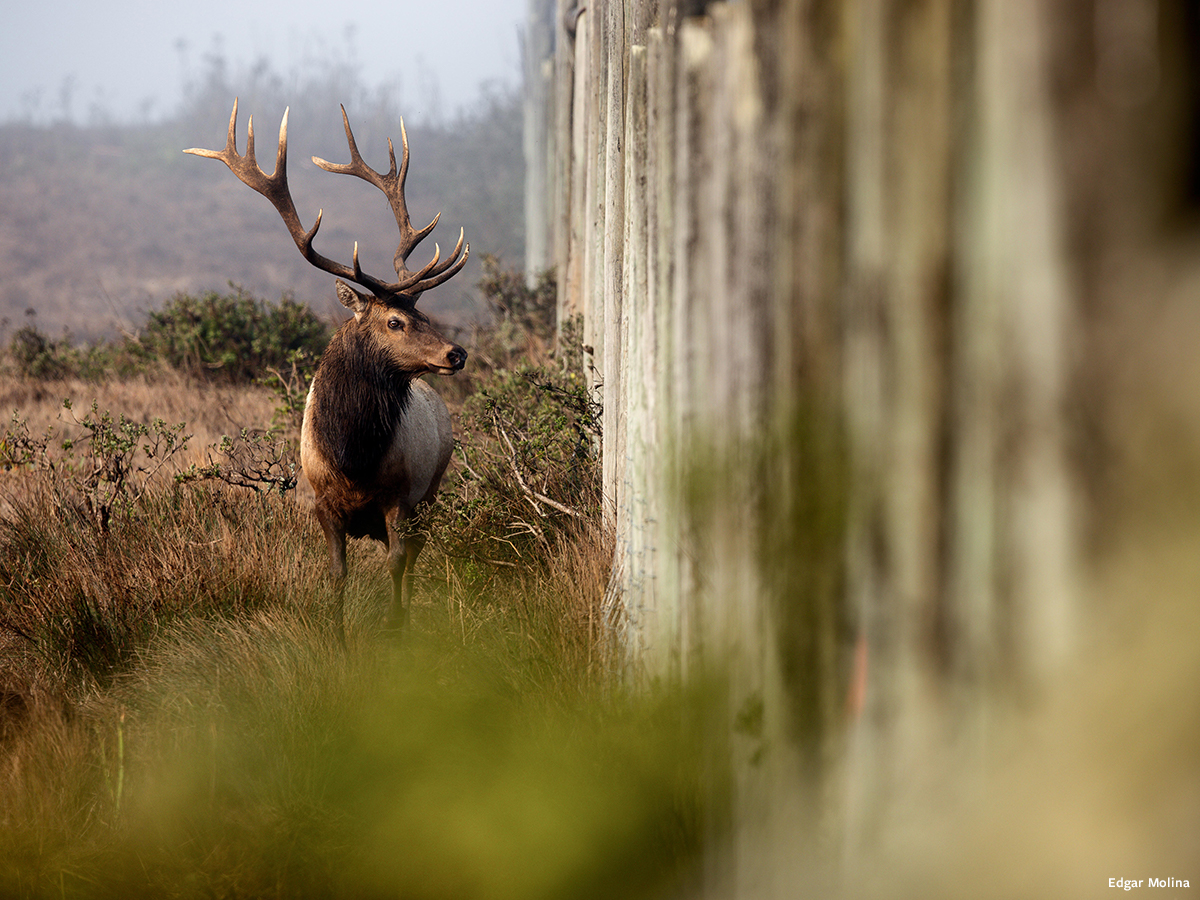
Stunningly, even after slowly killing a third of the fenced herd through starvation and thirst, the National Park Service still refuses to admit there’s even a problem, ridiculously claiming that there is adequate water in the Reserve — even while elk in two other herds outside the fenced Reserve don’t die in such alarming numbers.
But why are native wild animals fenced inside a national park unit… and where is the park’s groundwater going?
Private cattle operations lease fully one-third of this public park’s land, at half market value rates, and greenwash themselves as “small” and “organic.” 24 “small” operations total 5,600 cows, vastly outnumbering fewer than 600 Tule elk by 9:1.
The organic label does nothing to reduce the cows’ solid waste, methane emissions, and their massive collective water consumption: 200,000 gallons of water every day — and this during California’s record drought!
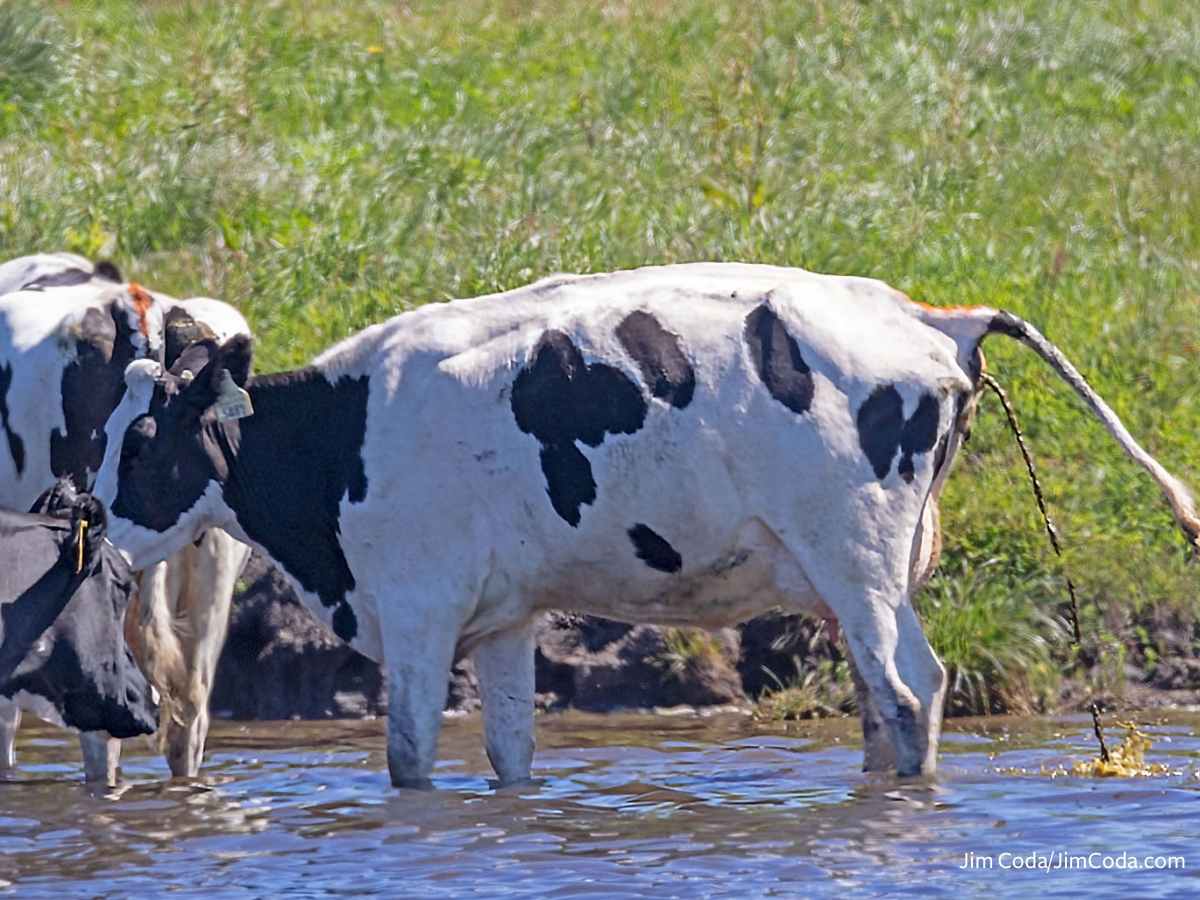
What is especially galling is the fact that the park was first created in 1962 when ranchers were destroying the land and poisoning the local water system. The government paid ranchers the equivalent of $350 million in today’s dollars to purchase the land from the ranchers to create a national park unit. The signed agreement had ranchers leaving in 25 years, by 1987.
Yet, to this day, the ranchers remain... leasing back the land at taxpayer-funded, discounted rates while still polluting land, waterways, and air.
Cattlemen call the shots at Point Reyes — including successfully enlisting the Park Service to shoot some Tule elk in 2021. It’s part of a new General Management Plan the National Park Service just signed into law, just what the enormous cattle industry wanted.
Shooting Tule elk and extending ranching for two more decades directly violates the national park’s charter, which is to prioritize “natural values” — wild animals and wildlands — not private businesses that pollute the park and exploit animals.
Ranching domestic animals and killing wild animals defy the wishes of the park’s founders, and its owners — the American public.
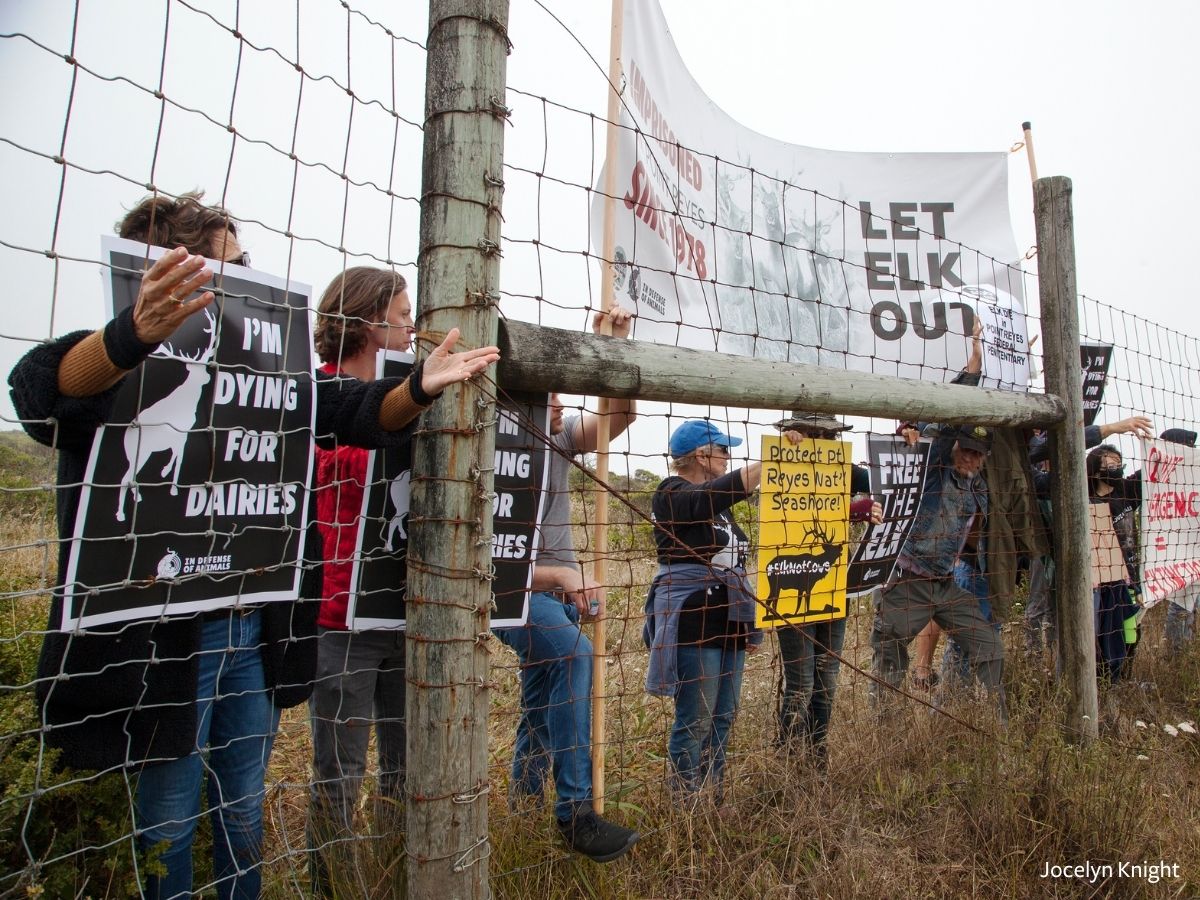
While Tule elk trapped inside the drought-stricken “Reserve” die from inadequate forage (vegetation) and water, thousands of captive, industrialized cattle and cows eat and drink their fill on the 28,000 acres beyond the lethal fence line, only to be brutally killed as well.
Point Reyes is a scandalous, heart-breaking example of the brutal, exploitative cattle industry’s death grip on the planet, exploiting animals for slaughter, killing animals in the wild, and accelerating the climate crisis with massive methane and carbon emissions.
Point Reyes National Seashore is also where In Defense of Animals can make a difference because American citizens know that national parks are supposed to be protected, natural havens for wild animals and natural habitats.
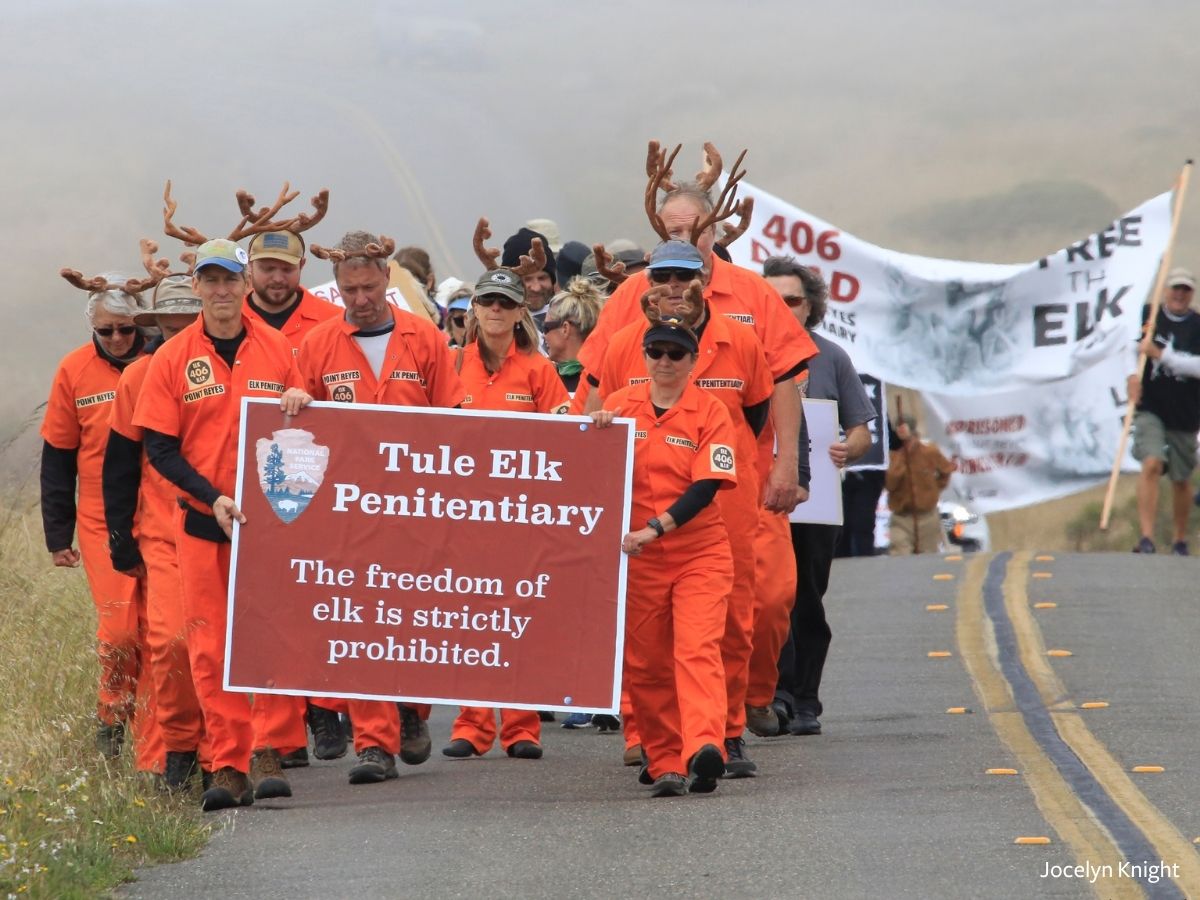
In Defense of Animals is funding activists and organizing effective, direct actions on the ground, attracting both public and media attention.
- Six times In Defense of Animals-funded activists have brought life-giving water to the Tule elk, without Park Service permission.
- Six times we have held attention-grabbing events and actions to highlight the elks’ plight.
- Dozens of times we have made headlines of the issues... and made the difference between life and death for some elk.
But, so much more needs to be done, and can be done. In just one year, thousands more people have learned of the lethal Point Reyes Tule elk abuse and cow crimes. We are growing a movement.
We are forcing decision-makers to listen and act. But we must continue to reach thousands more Americans to change National Park policy at the federal level.
A win here for this population of Tule elk can become a win for animals elsewhere. Through our fight to save the Tule elk at Point Reyes, we are exposing cattle industry greenwashing. We are revealing the huge harm the cattle industry does to all animals, all humans, and the planet we all depend on.
View this post on Instagram
One recent example: the largest of our Emergency Elk Water Delivery actions made TV news again. Over 90 caring humans came together to aid thirsty Tule elk, hauling 350 gallons, weighing over 2,900 lbs., 3 miles down a dirt trail in the Elk Reserve, to form a bucket brigade to add the water to a nearly empty pond from which the Tule elk drink.
This news story warms and inspires people’s hearts, while also fueling public outrage, and lights the necessary fire under the National Park Service to change course and do the right thing, to change its policies which have been corrupted by the cattle industry.
Our fight to ensure Tule elk and native wild animals don’t die of thirst and starvation in San Francisco’s closest national park is just the beginning.
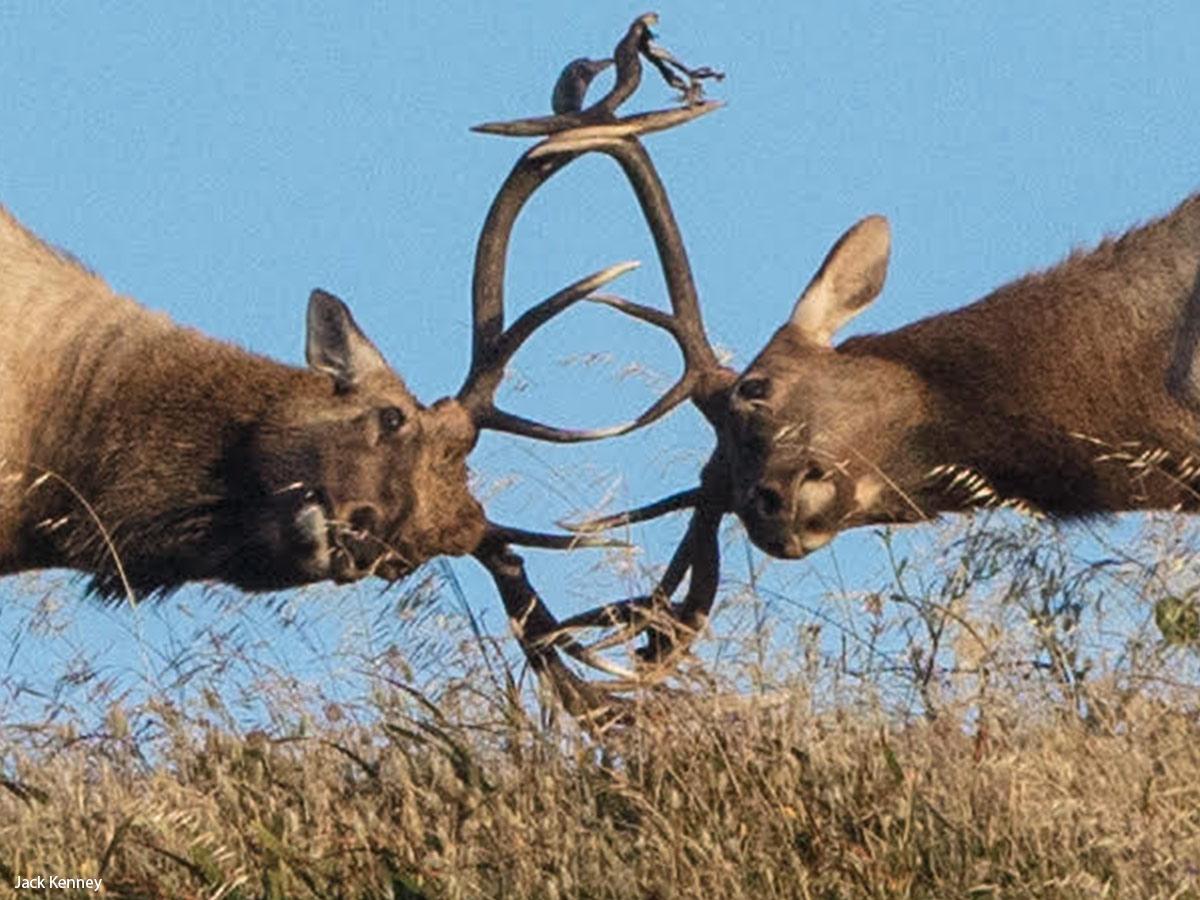
We won’t stop until all of the majestic Tule elk can enjoy their mandated federal protections. We are fighting for their freedom and their survival. We are fighting for their basic rights to eat, to drink, to live, and to roam freely over all 71,000 acres of Point Reyes Seashore in America’s precious national park system.
Join our lifesaving campaign to free the Tule elk: idausa.org/saveelk


